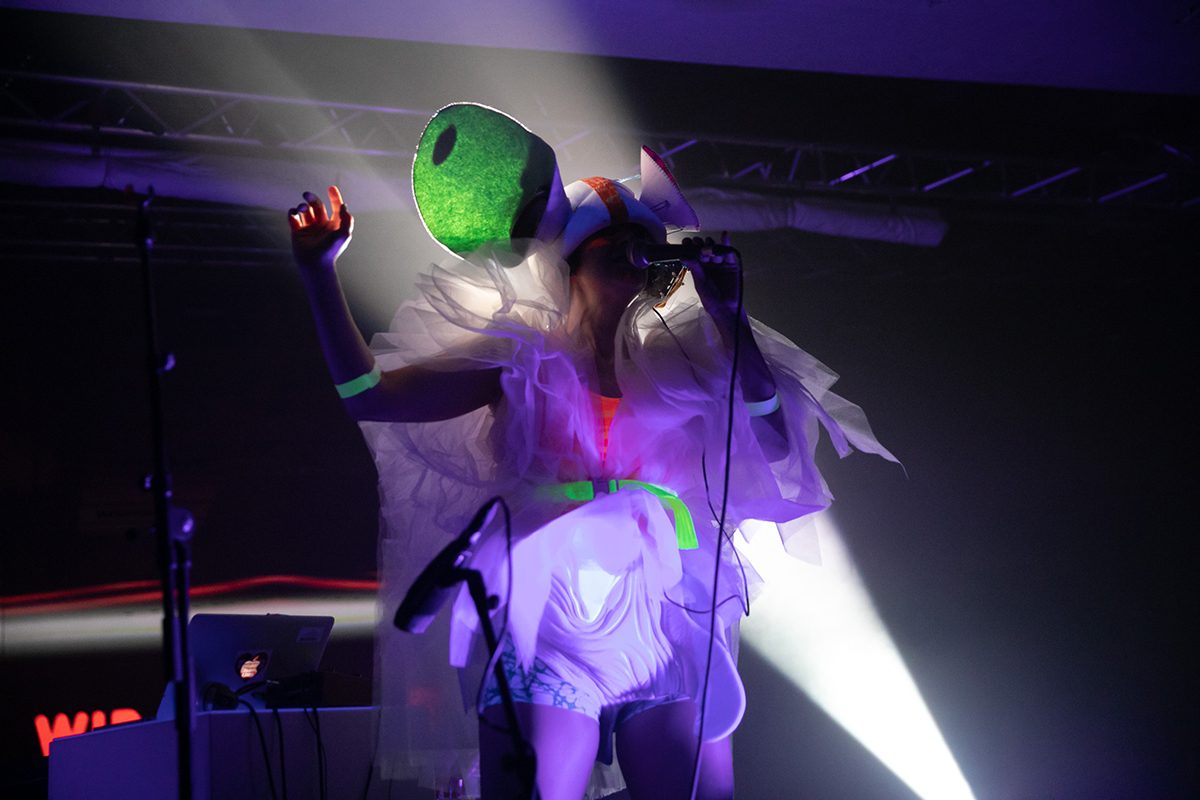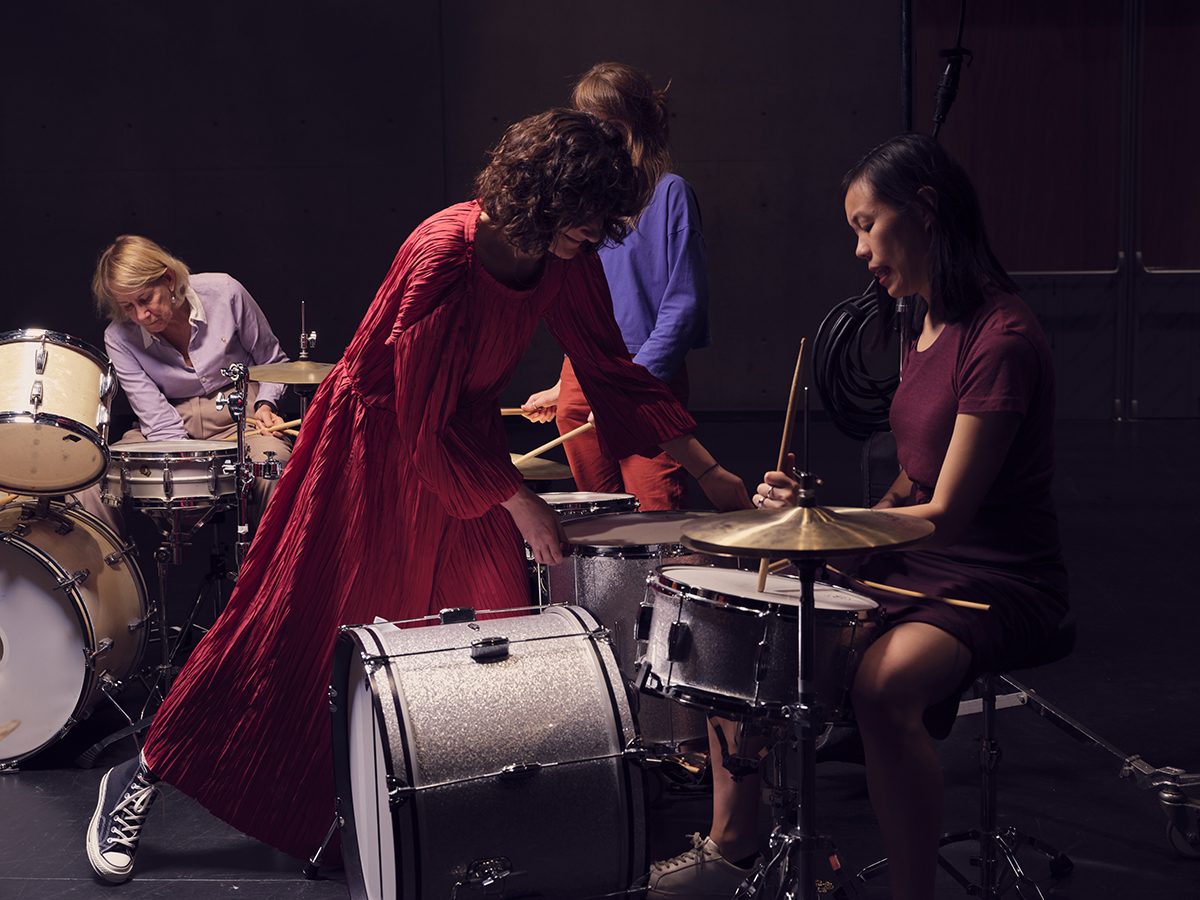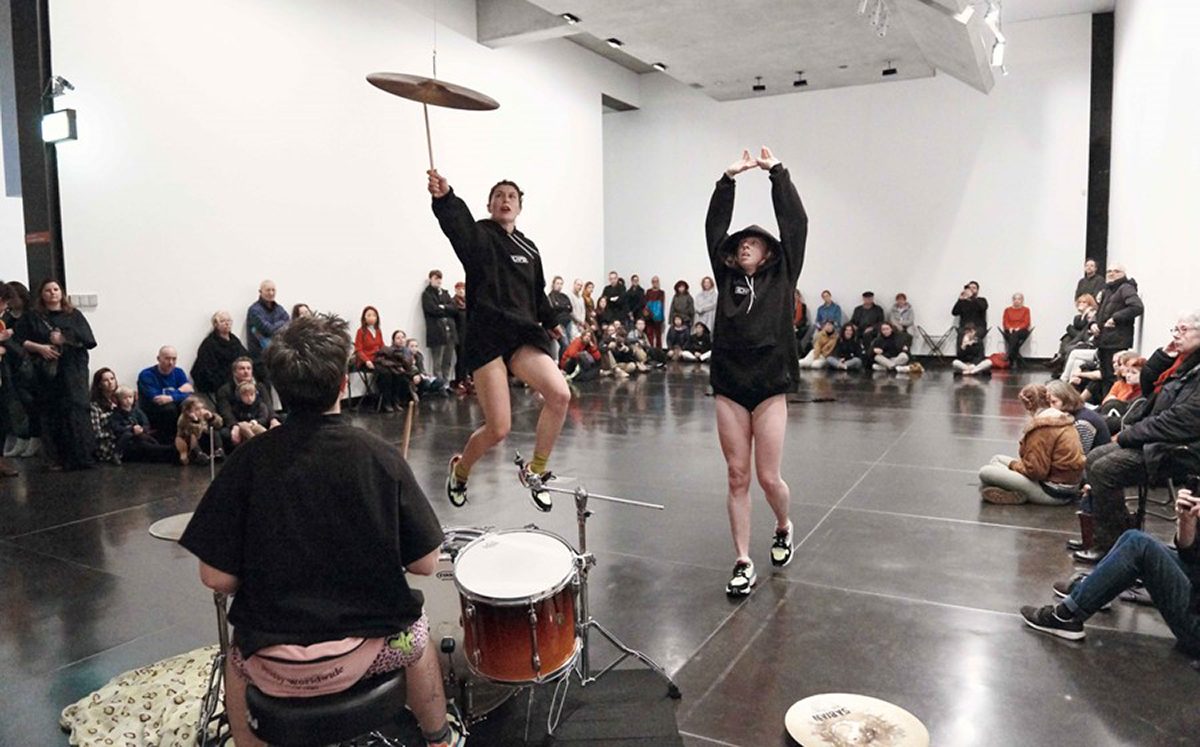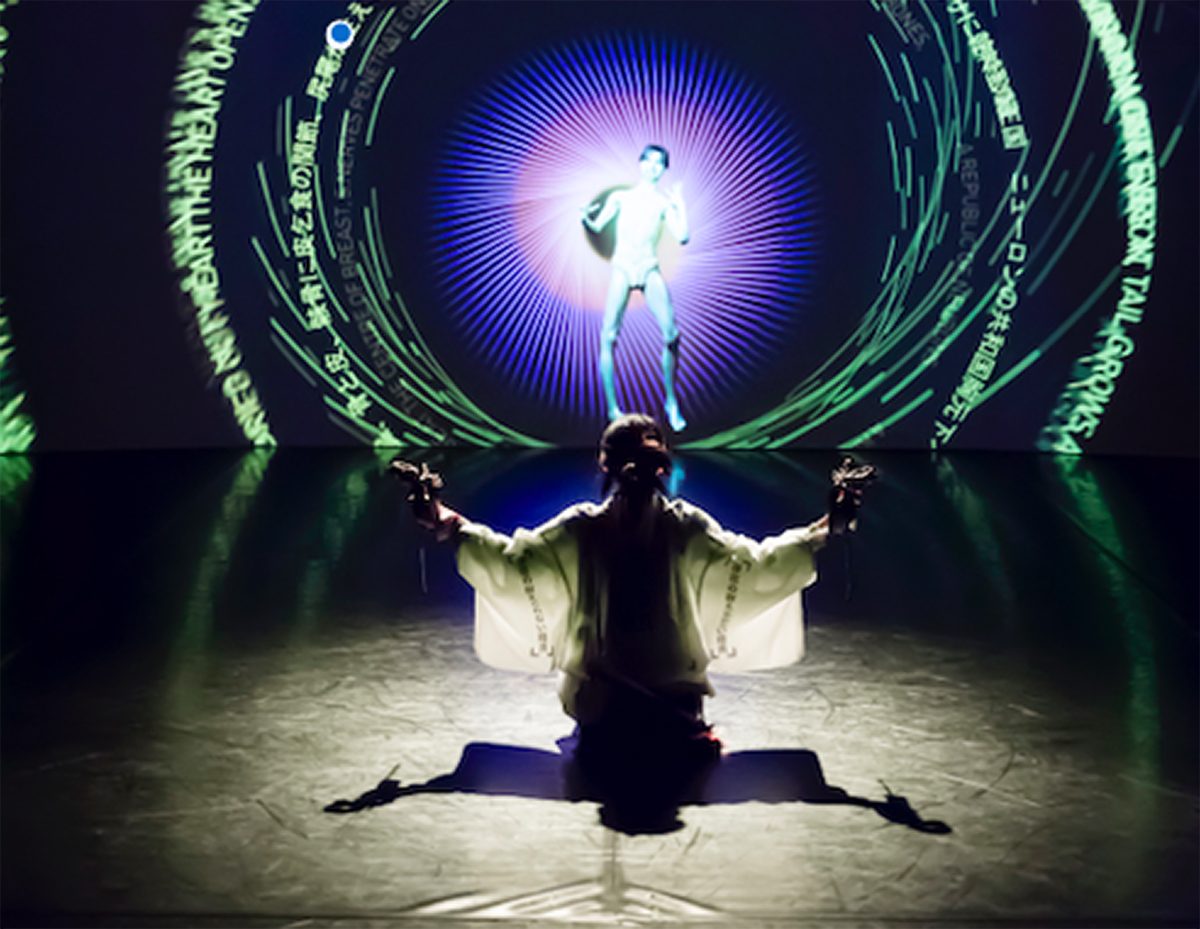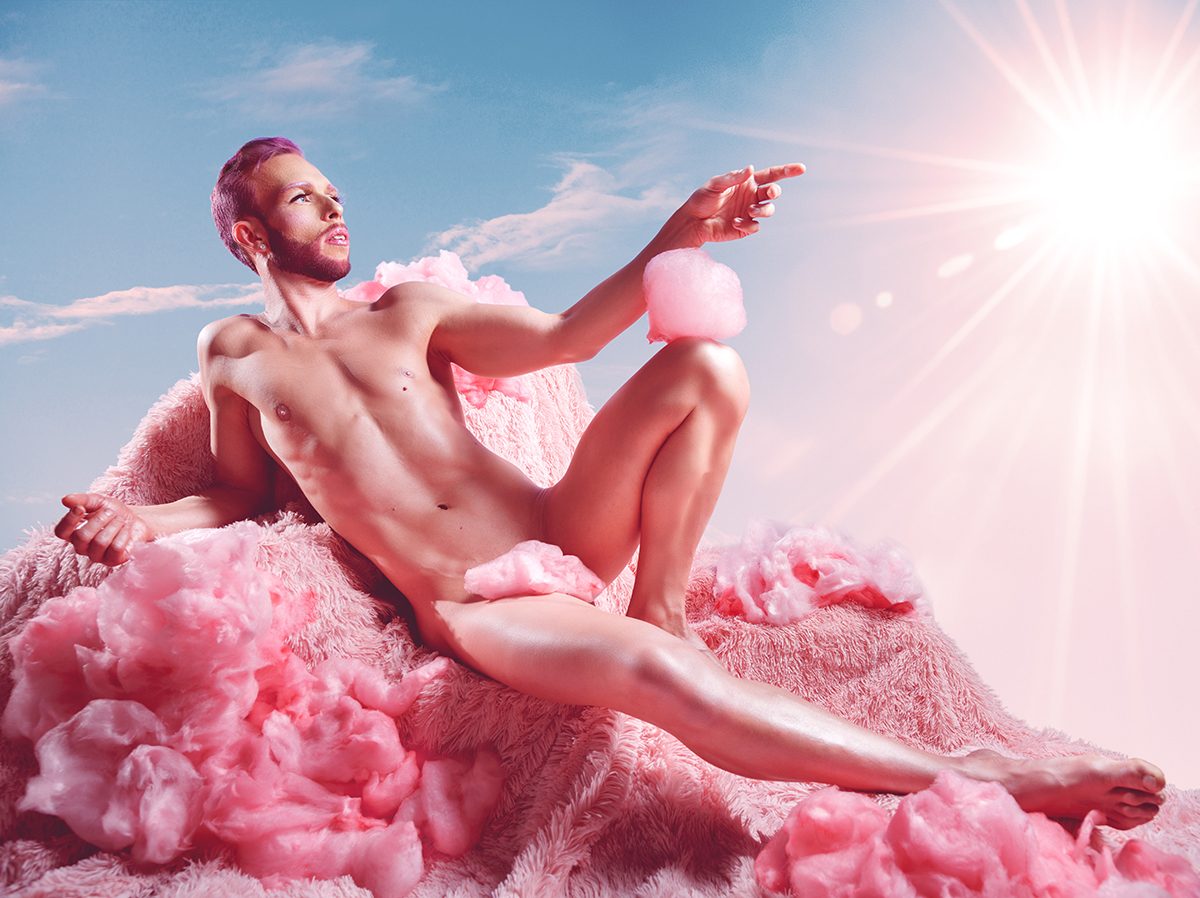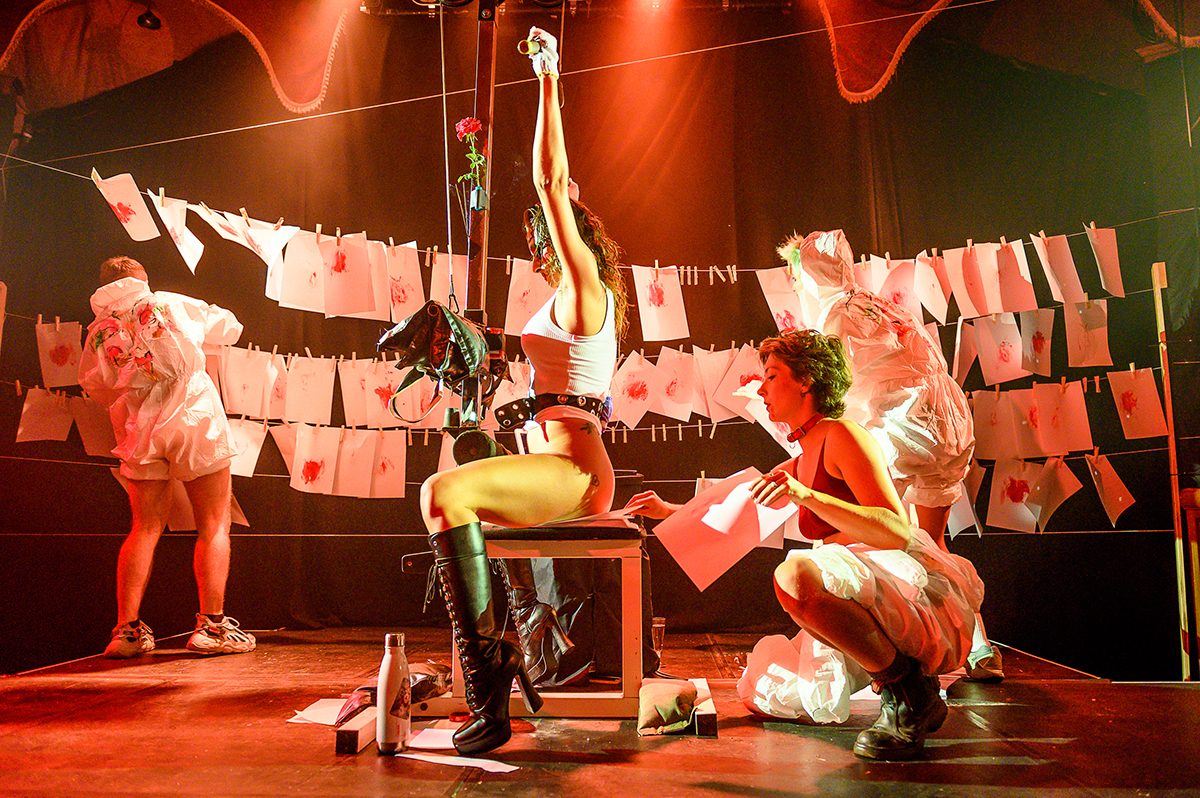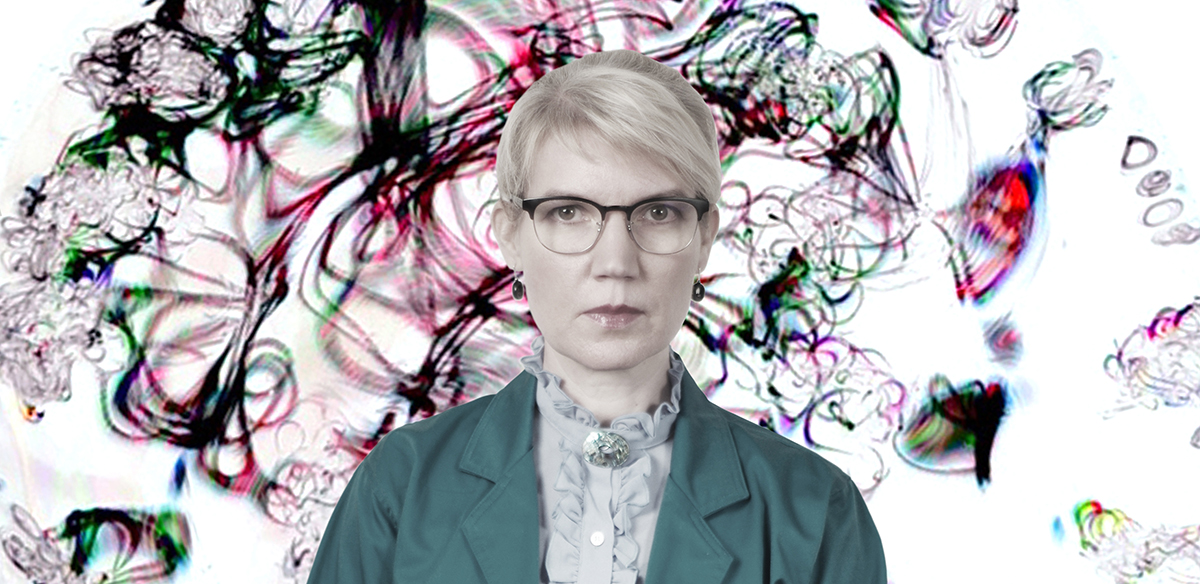
Liveworks 2019: Intimate, talkative, provocative
In the introductory note to his program for an eagerly anticipated 2019 Liveworks Festival of Experimental Art, Performance Space Artistic Director Jeff Khan highlights two themes. First is “Feminist Sound featuring women and non-binary artists who champion the intersection of sound art, experimental music and performance,” and the second, with ample overlap with the first, is Culture Disruptors—makers of work arising from lives in which there is no divide between the personal and the political when it comes to body, race, gender and regional politics—as in New Zealander John Vea’s If I pick your fruit, will you put mine back, an account of the lives of exploited Pacific workers in Australia and across the region.
Instrumental liberation
The Feminist Sound theme will manifest in an array of fascinating forms—first via instruments. For the premiere of A continuous self-vibrating region of intensities, exploratory musician Gail Priest and designer Thomas Burless have crafted intriguing bespoke devices that will be activated by the voices of Priest and the powerful improvisatory artistry of Carolyn Connors and Sony Holowell. Vibrations from the singing will trigger visual realisations of the sound, a phenomenon revealed in the 19th century by the invention of the Eidophone by Welsh singer, songwriter and scientist Margaret Watts Hughes.
From the US, in I’ll be your body instrument, design and fashion-driven cult feminist pop group Chicks on Speed, founded in 1997, will be expanding their performativity via Objektinstruments which include suits that trigger audio and video, hats with speakers and wireless stilettos.
Drums feature dramatically in two works. In Other Tempo, interdisciplinary artist Lauren Brincat (with percussionist Bree Van Reyk for the 2015 Liveworks she marshalled the NSW Police Band into a stirring art ensemble in Social Dance) will transform a group of leading female drummers—including Alyx Denninson and Lindy Morrison on modified kits and prompted by the artist’s visual scores—into a living art work in a series of free performances in the vast Carriageworks public space.
In Double Double, two drummers—media artist Tina Havelock Stevens (Liveworks 2016) and musician Evelyn Ida Morris—partner leading Melbourne dancer-choreographers Jo Lloyd and Deanne Butterworth for an acclaimed two-hour, open-ended exchange for an audience free to shift its perspectives on the aural and visual action.
There’s more to be heard from the human instrument plus further prosthetics for making sound art in Liquid Architecture’s Tricks of the Mouth. Playing for two hours each night across the Liveworks season, it features strong representation of female artists focussing on “linguistic re-coding, verbalism, chatter, translation, transposition, impersonation, and noise” and includes among others Indonesian punk coder and designer Natasha Tontey, legendary Japanese musician Phew, Chinese Singaporean artist Zou Zhao, Australian overtone singer Sage Pbbbt and Sydney sound artist Alexandra Spence.
The talks component of Liveworks will include Feminist Sound Technologies, a keynote address as performance lecture by Chicks on Speed about their newest “body-centric” objektinstruments, and Shaping Sound, a conversation between Gail Priest, Lauren Brincat and Alex Leslie Murray (Chicks on Speed) about their practices and “what it means to create collaborative work that spans sound, installation and performance.”
Ghost who disrupts
The second theme Jeff Khan identifies in his introduction is Cultural Disruptors. Tatsumi Hijikata’s invention of Butoh in the late 1950s erupted in Japan and spread around the globe and its influence is still felt. Singaporean director and curator (Liveworks 2016) Choy Ka Fai’s Unbearable Darkness, described as “an uncanny cybernetic dance experiment,” “investigates the choreographic process of a ghost through live dance, motion capture technology, digital avatars and a spirit medium. As part of developing the work, Ka Fai visited an itako, or blind medium, on Mt Osore in Northern Japan and invoked the spirit of Tatsumi Hijikata.”
In 2013, Takao Kawaguchi controversially ‘resurrected’ the spirit of Kazuo Ohno (who emerged shortly after Hijikata), copying his “dance of soul” from video tapes and subsequently touring the world in About Kazuo Ohno, including Melbourne’s AsiaTOPA in 2017. In the West, elder performance artists, like Marina Abramovic, have delegated their works to younger practitioners, without mystical resonance (to date); there is perhaps a shared sense of looking back in order to move forward, or as the Liveworks program puts it, “questioning [Butoh’s] appropriation in Western culture while searching for a new choreographic language for the Asian body.” Hijikata and Ohno, though, were skilled absorbers of Western literature, music and dance; is Butoh an innocent artefact? I’m really intrigued by Choy Ka Fai’s project, its bringing together video of Hijikata and a dancer wired as one with him. I’m curious too about the ‘unbearable’ in the title; Hijikata titled his performance ankoku butō—“dance of darkness.” Doubtless the eloquent Choy Ka Fai will have answers in his keynote lecture, How does a ghost choreograph?
Dance as resistance & assertion
Vicki Van Hout’s plenty serious TALK TALK is wonderfully disruptive, challenging dance to meet equally, as it too rarely does, the demands of both the personal and the political. As I wrote in my review of the 2018 premiere, “With stand-up comedy verve, skilful acting and multimedia dexterity, engrossing, illuminating dance, an eerily spare music score (in an era of sonic lambast in dance) and, above it all, the artist’s glowing woven-grass sculpture-cum-screen suspended centre-stage, plenty serious TALK TALK is a wonder, revealing the complex entwining and unravelling of race, craft and culture in one fraught soul querying her courage to persist against the odds.”
Another Indigenous dancemaker, Melbourne’s Joel Bray looks set to wow us with his much acclaimed Daddy, a sad-funny queer assertion of the inseparability of the personal and the political when it comes to love, executed with a deeply ironical if very literal application of the sugar with which Western civilisation coats its colonising brutality; to say more would give too much away.
Add Double Double, which I’ve already mentioned, and you have four must-see dance works, all displaying contempoprary dance’s ongoing, expansive engagement with ideas and other forms.
Out of the underground
Another disruptor is Betty Grumble (Emma Maye Gibson), whose The Unshame Machine makes an art of “pussy printing” in a “deep squat disco” setting. Gibson, who emerged into prominence from the queer underground cabaret scene this decade, and has appeared on Q&A and this year at Griffin Theatre, describes Grumble as, “This freakish exhibitionist who gives it all yet seems only to be seeking something everyone needs: understanding and acceptance.” She told the Guardian, “I want to tell stories ferociously, from my guts, and the body was an immediate site for that excavation.”
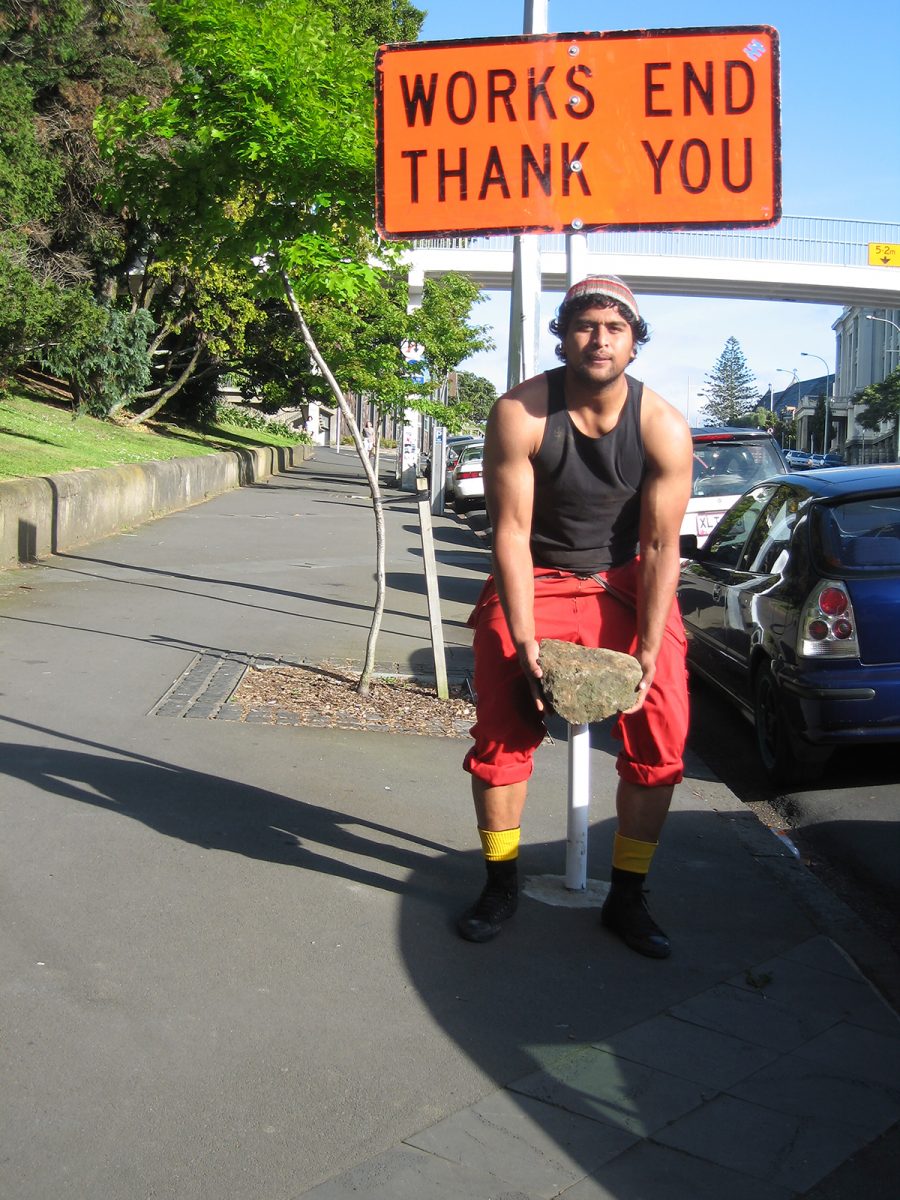
John Vea, If I pick your fruit, will you put mine back, photo courtesy the artist and Liveworks 2019
Pacific fightback
I’m particularly attracted to John Vea’s If I pick your fruit, will you put mine back, which will be exhibited at the 4a Centre for Contemporary Art while the performances will be presented at Carriageworks. Vea’s focus is on the experiences and especially the exploitation of the migrant workers of the Pacific. With incisive humour and apparently journalistic rigour, Vea, a Tamaki Makaurau (Auckland) based sculptor and video and performance art maker, will present stories he’s gathered from people in New Zealand and across the region. The title of the work of course alludes to Deputy Prime Minister Michael McCormack’s recent outrageously callous claim that the Pacific Islands will survive climate change because their workers will be able to come here and “pick our fruit.” Vea’s performances, which are free, will take place 8.00am-1.00pm at the Carriageworks Market on both Saturdays of Liveworks.
Talking the limits
Samara Hersch, whose Body of Knowledge invites teenagers to phone in their thoughts about sexuality, pleasure, shame, consent and more to Liveworks in “a meditation on age and change” will join Joel Bray with host Roslyn Oades, a verbatim theatre specialist, in a conversation about the limits of contemporary performance in respect of consent and the participating audience. Also on the program is writer and scholar Theron Schmidt, in a discussion with artists Brian Fuata and Sarah Rodigari on issues arising from his LADA (London’s Live Art Development Agency) commissioned book AGENCY: A Partial History of Live Art “exploring how and when we make possibility for action in the face of what oppresses us.”
Jeff Khan’s 2019 Liveworks program, which also includes the epic performative Day for Night party and the new nightly live music Sonic Nightcap program, is packed with works that should delight and challenge, an invaluable focus on women artists working in sound, four hugely attractive dance works, and plenty of opportunities for artists and audiences to talk through issues and responses. Intimate, talkative and provocative Liveworks will be a vital restorative in these tough times.
–
Performance Space, Liveworks 2019, Carriageworks, 17-27 Oct, 2019
Top image credit: Gail Priest, A continuous self-vibrating region of intensities, Gail Priest & Thomas Burless, image courtesy the artists


